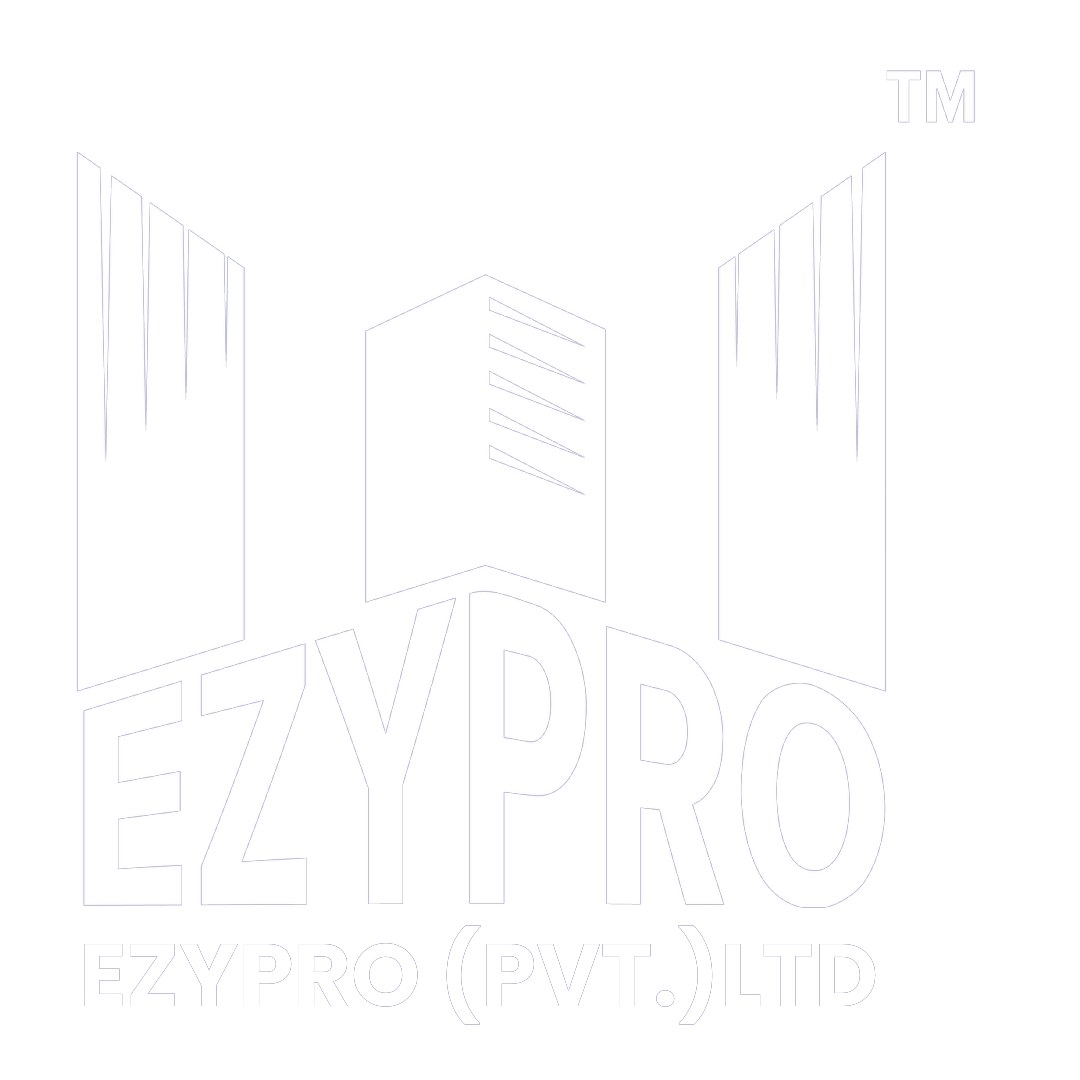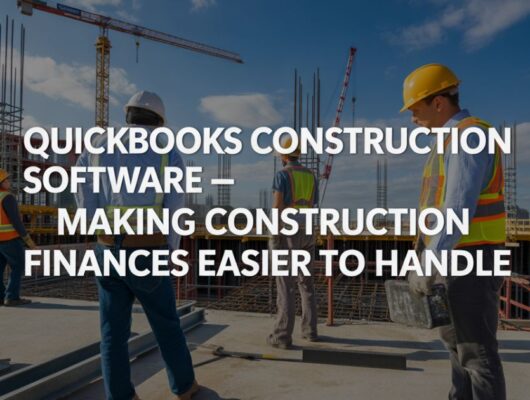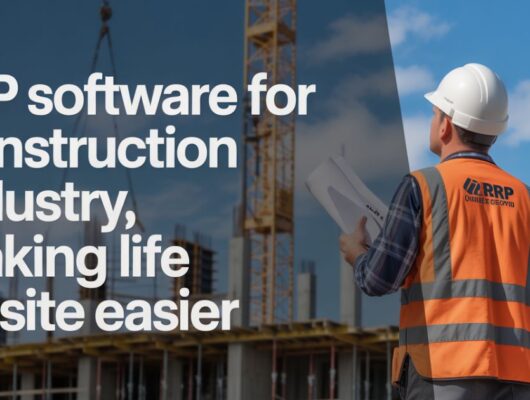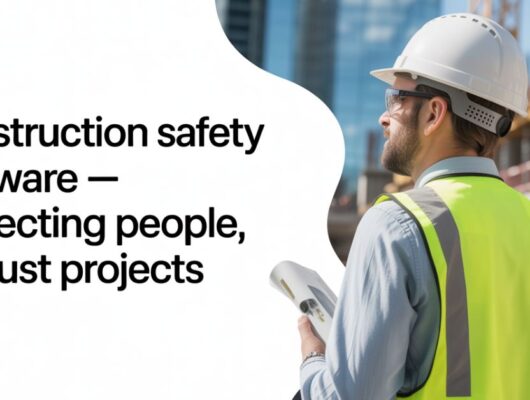The construction world doesn’t wait anymore. Deadlines are tight, margins are thin, and one small mistake can cost thousands. That’s why so many professionals now rely on construction takeoff software, a tool that turns hours of manual counting into just a few clicks.
If you’ve ever had to measure quantities from a paper plan, you already know how painful that process can be. The math, the markers, the constant checking. It’s slow and risky. A single missed wall or pipe can throw your entire estimate off. That’s exactly what construction takeoff software was built to fix.
What It Actually Does
In simple terms, construction takeoff software helps you figure out how much material you’ll need for a project. You upload a plan, usually a PDF, DWG, or even a BIM file and the software measures everything for you.
It reads lengths, areas, and counts automatically. Walls, beams, tiles, fixtures, all calculated without needing a ruler or calculator. Once done, it gives you a full list of materials and quantities, ready for costing or estimating.
No more guesswork. No more double-checking numbers with a highlighter.
Why It Matters
Accuracy in construction isn’t just about getting things right, it’s about protecting profit. Manual takeoffs are slow and often inconsistent, especially when several people work on the same project.
With construction takeoff software, you’re not just saving time. You’re reducing the chances of missing items, underestimating costs, or over-ordering materials. Everything stays consistent, transparent, and easy to review later.
And when you have to send bids fast, that accuracy becomes your biggest advantage.
Key Things to Look For
There are dozens of tools out there, but not all of them are made equal. When you’re comparing construction takeoff software, focus on the essentials:
- Ease of use. You shouldn’t need training just to measure a floor.
- Automatic scaling. The software should read drawing scales correctly on its own.
- Integration. It’s best if it connects with your estimating or project management tools.
- Cloud access. So your team can work from anywhere, at the same time.
- 3D and BIM support. This is becoming standard for modern projects.
If you’re working on complex builds, a tool that supports 3D takeoffs will save even more time.
Who Benefits From It
Pretty much everyone in construction does. Contractors use it to prepare bids. Estimators rely on it for quantity accuracy. Project managers use it to verify costs. Architects and designers use it to cross-check design intent with materials.
Even small subcontractors benefit. A flooring or drywall company, for example, can measure materials in minutes and quote faster than competitors. That speed often wins them more jobs.
Examples of Popular Software
You’ve probably heard a few names already. Bluebeam Revu, PlanSwift, STACK, and Autodesk Takeoff are some of the best-known options.
- Bluebeam Revu is great for PDF drawings and collaboration.
- PlanSwift is simple, affordable, and ideal for small contractors.
- STACK runs on the cloud and allows teams to share projects live.
- Autodesk Takeoff connects directly with BIM 360, perfect for large-scale work.
Each one serves a different kind of user, so it’s worth testing a few before deciding.
Real Benefits You’ll Notice
The difference between manual and digital takeoffs is huge. With construction takeoff software, you can:
- Finish takeoffs in a fraction of the time.
- Cut down on human error.
- Create more accurate and detailed bids.
- Improve collaboration between office and field teams.
- Track revisions without starting over.
Over time, that consistency turns into better project control and healthier profits.
The Future Looks Even Smarter
What’s coming next is even more exciting. Many tools are adding AI to automatically recognize items in drawings. Imagine uploading a plan and having every wall, beam, or fixture identified automatically, no tracing required.
BIM integration is also getting deeper, meaning cost and quantity data can live right inside the design model. That reduces duplication and keeps every team working from the same source of truth.
Final Thoughts
Every construction project starts with numbers. If those numbers are wrong, everything that follows suffers. That’s why more professionals are switching to construction takeoff software, not just for convenience, but for confidence.
It brings clarity to the messy early stages of construction, gives teams a single source of truth, and saves time that can be spent where it really matters, on the job site.
For any contractor or estimator aiming to stay competitive, learning and using a good takeoff tool isn’t optional anymore. It’s the new normal.








